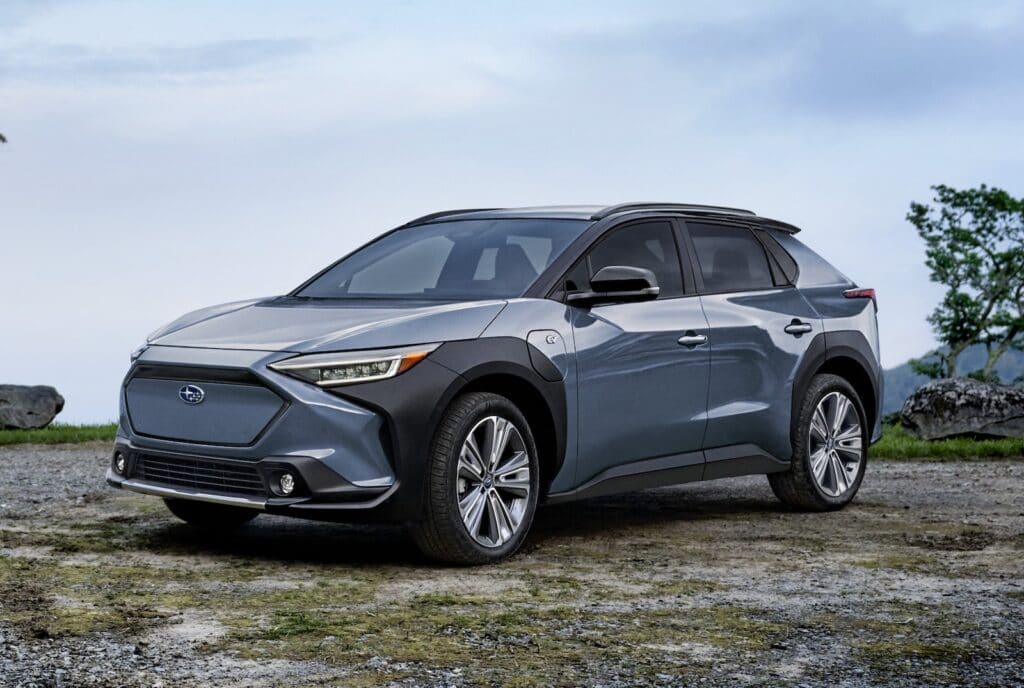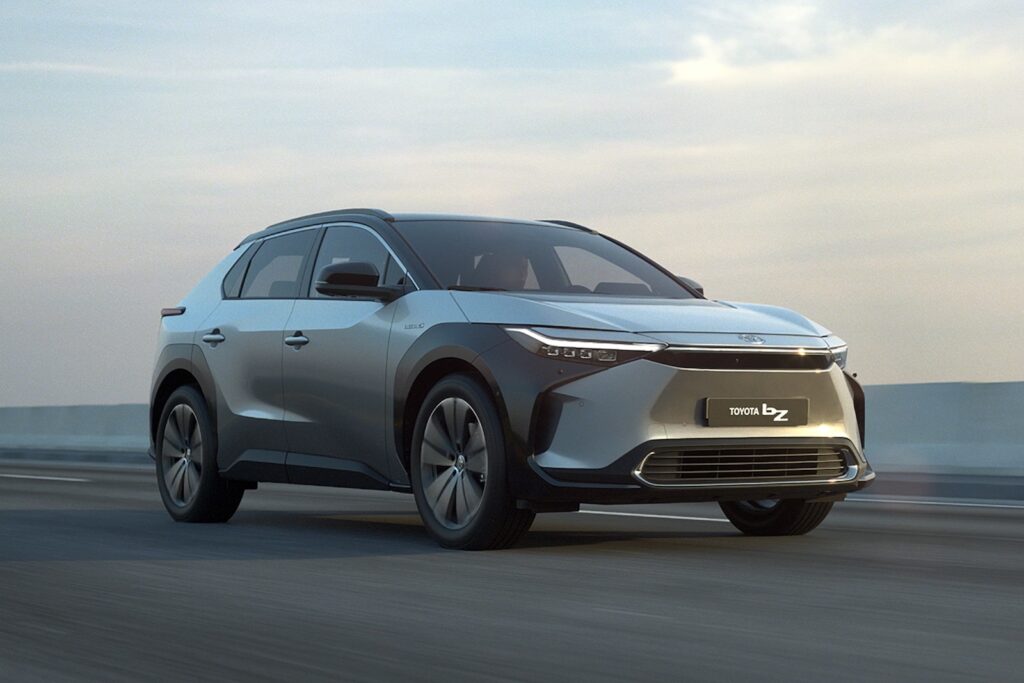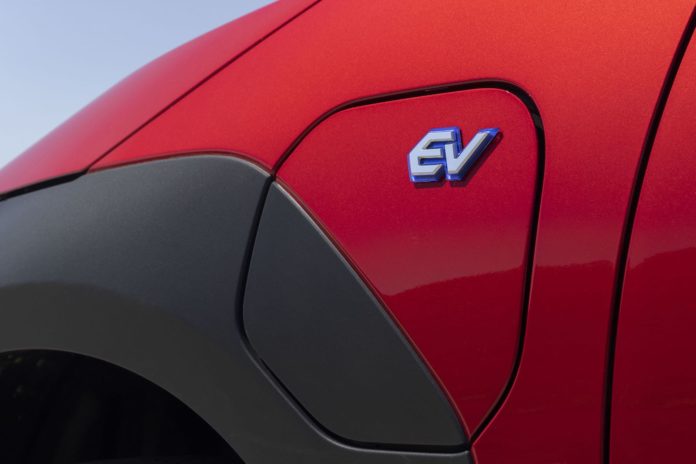Having largely watched from the sidelines as nearly every automaker began introducing battery electric vehicles (or BEVs) to their line-ups, Subaru’s new CEO Atsushi Osaki, in announced Wednesday the company’s intention to sell 600,000 BEVs annually by 2030, with Hybrid Electric Vehicles (HEVs) making yup the rest, with forecast global sales 1.2 million-plus units but the end of the decade. Of those 400,000 units would be sold in the United States.
This contrasts with Subaru’s previous plan, which called for 40% of its line-up to comprise of BEVs and HEVs by 2030.
Subaru’s timetable
Through the end of the decade, the Japanese automaker plans to invest ¥1.5 trillion, or $10.5 billion, to electrify its line-up. That number includes ¥250 billion yen already announced for reorganizing domestic production, although the company admits that the number could vary depending on how much battery investment is required.

In-house BEV production will be initiated in Japan in 2025, as will the next generation of HEVs. HEV production would be initiated in the United States the following year, with BEV production starting stateside sometime after that as another dedicated BEV production line is brought up to speed in Japan.
Given that the automaker is halfway through 2023, the company has a fairly aggressive timetable, intending to sell 400,000 BEVs in the U.S. by 2028, and offering eight BEVs in its lineup by the end of the start of 2029. Currently, its only BEV is the Subaru Solterra, which is built at Toyota’s Motomachi plant. But Subaru says that it will unveil will three new BEVs through 2026, with four more to follow by the start of 2029.
To meet the aggressive schedule, the company is cutting its product development process and lead time in half, as well as halving the number of configurations, parts, production process.
A surprise? Hardly.
Today’s announcement shouldn’t come as a total surprise.

This week, rumors surfaced of Subaru and Toyota’s upcoming collaboration on two three-row, all-electric SUVs. The bZ5X will be the moniker of Toyota’s variant; Subaru’s model name is unknown. Toyota plans to invest $461 million in its 9-million-square-foot Georgetown, Kentucky plant to accommodate the new joint venture. A new facility that Toyota is building in Liberty, North Carolina, will supply the batteries.
The duo co-developed their first battery-electric vehicles, the two-row Toyota bZ4X and Subaru Solterra crossovers for the 2023 model year.
“Subaru’s pocketbook isn’t as deep as Toyotas. For it to develop a new three-row crossover it helps to have a deep-pocket partner like Toyota,” said Stephanie Brinley, associate director of AutoIntelligence for S&P Mobility. “For Toyota, it helps to have more scale” which can reduce per-unit production costs.
Both Subaru and Toyota are playing catch-up in the EV market and see such collaborative efforts as a way to both speed up time to market while also sharing development costs, officials with both Toyota and Subaru previously told TheDetroitBureau.com.
Toyota owns 20% of Subaru Corp. and is its largest single shareholder.
Previous to today’s announcement, Subaru said Friday it has initiated talks with Panasonic Energy Co. to build a medium- to long-term partnership that would see Panasonic Energy provide next-generation automotive cylindrical lithium-ion batteries that would initially be built at its sites, and later in the decade at a dedicated BEV plant planned for Gunma, Japan.

